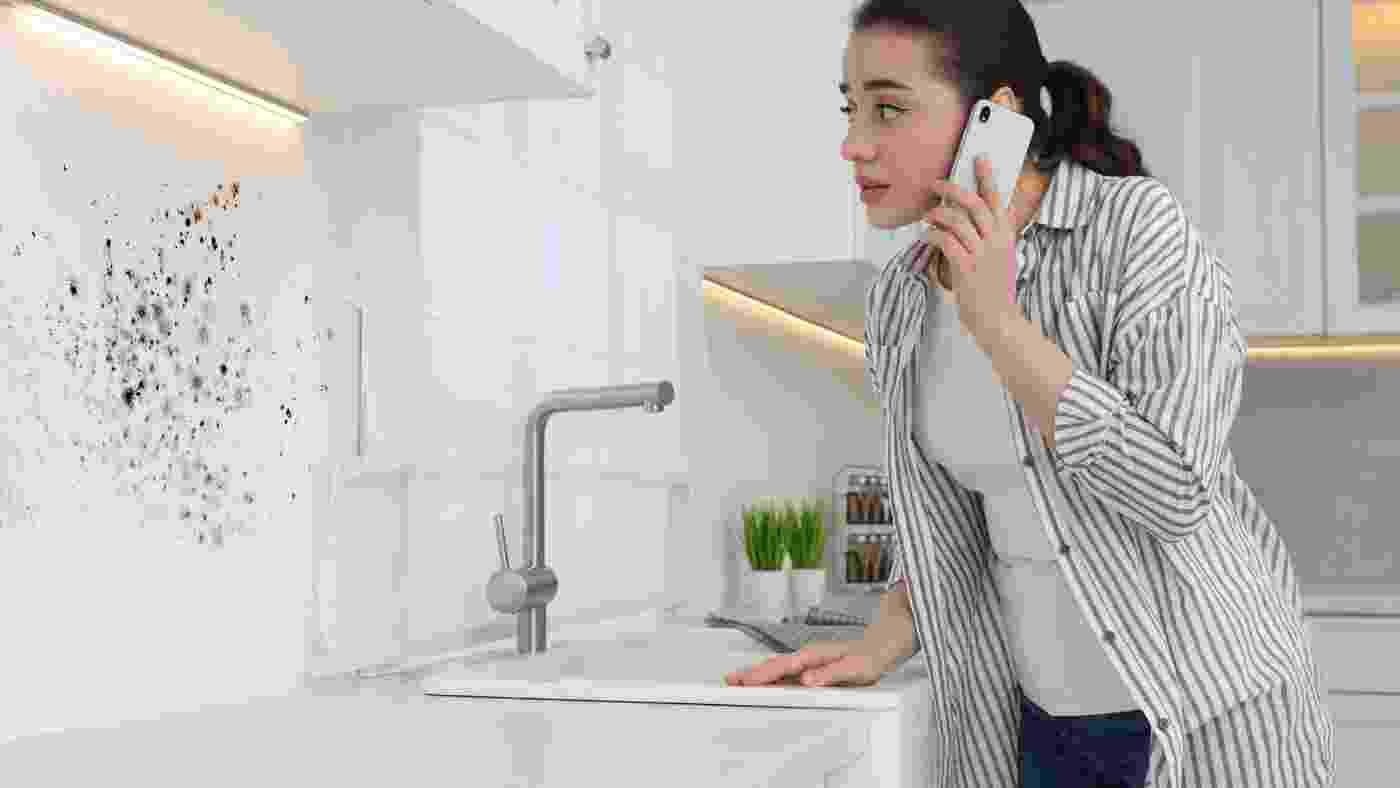Welcome to your guide on tackling mold remediation like a pro! Whether you're dealing with a small patch or a full-blown infestation, understanding the secrets to effective mold removal is crucial for maintaining a healthy home environment. In this comprehensive article, we'll delve into expert tips and strategies to help you banish mold for good.
Understanding Mold: The Basics
Before diving into remediation techniques, let's grasp the fundamentals of mold. Mold is a type of fungus that thrives in damp, humid environments, making your home an ideal breeding ground. It not only damages your property but also poses serious health risks to you and your family.
Identifying Mold Growth
The first step in mold remediation is identifying its presence. Look out for visible signs of mold, such as black spots on walls, ceilings, or floors. Musty odors and respiratory issues can also indicate hidden mold growth.
Assessing the Extent of Damage
Once you've identified mold, assess the extent of the damage. Is it confined to a small area or has it spread throughout your home? This evaluation will determine the appropriate remediation approach.
DIY vs. Professional Remediation
While DIY methods can suffice for minor mold problems, extensive infestations require professional intervention. Certified mold remediation experts have the knowledge, experience, and specialized equipment to effectively remove mold and prevent its recurrence.
Effective Mold Removal Techniques
1. Proper Ventilation
Improving ventilation in your home is essential for controlling moisture levels and preventing mold growth. Use exhaust fans in bathrooms and kitchens, open windows when weather permits, and ensure proper airflow throughout your home.
2. Moisture Control
Addressing underlying moisture issues is key to mold prevention. Fix leaks promptly, repair damaged roofs or plumbing, and use dehumidifiers in damp areas like basements and crawl spaces.
3. Thorough Cleaning
For minor mold outbreaks, you can tackle remediation yourself. Use a mixture of water and detergent to scrub moldy surfaces thoroughly. Wear protective gear, such as gloves and masks, to avoid exposure to mold spores.
4. Mold-Resistant Products
Consider using mold-resistant paints, drywall, and insulation in moisture-prone areas of your home. These products are specially designed to inhibit mold growth, adding an extra layer of protection.
5. Professional Remediation
For extensive mold infestations or if you're dealing with toxic mold species like Stachybotrys, seeking professional help is paramount. Mold remediation experts employ advanced techniques, such as HEPA filtration and antimicrobial treatments, to safely and effectively remove mold from your home.
Maintaining a Mold-Free Home
Prevention is the best defense against mold. Implement these tips to maintain a mold-free environment:
- Regularly inspect your home for leaks and water damage.
- Keep indoor humidity levels below 60%.
- Clean and dry water-damaged areas within 48 hours.
- Use mold-resistant building materials during renovations.
Conclusion
With the right knowledge and proactive measures, you can conquer mold and enjoy a healthier, mold-free home. Remember to stay vigilant, address moisture issues promptly, and don't hesitate to seek professional assistance when needed. By implementing these expert tips, you'll safeguard your home and family from the dangers of mold. Here's to a clean, healthy living space!







